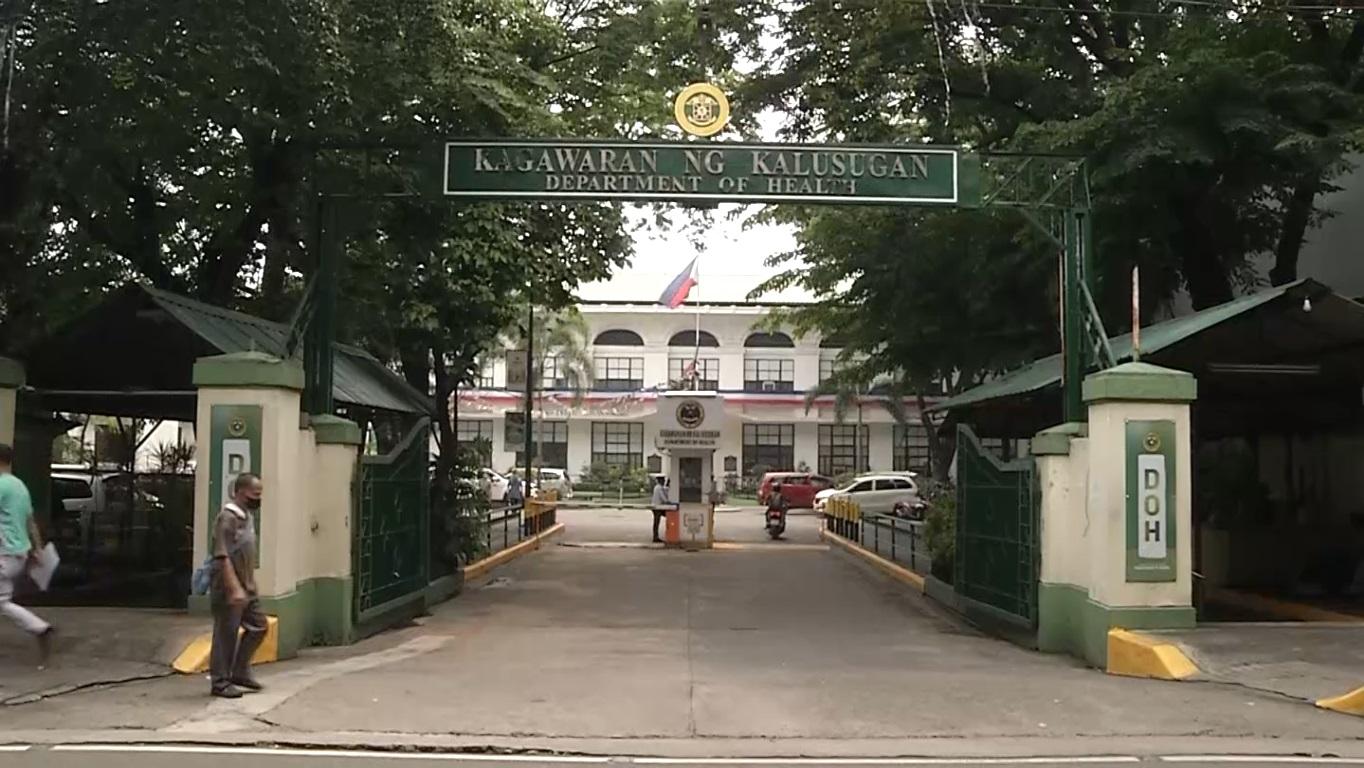Oslo Center in Norway, where as part of Vision Zero the city has replaced asphalt with cobblestone and placed large planters to narrow the roadway and protect pedestrians. Photo courtesy of Rob Knake It has been over two months since Joe Lewis was killed while crossing India Street in Portland. The memorial flowers have all but withered away.
Soon, the city will come around with paint remover and erase the messages left by loved ones. Before the tourists arrive, this dangerous intersection will be returned to the exact state it was in on the day Joe Lewis was killed. Rob Knake lives in Portland.

In contrast, when cyclist John Corcoran was killed on Memorial Drive in Cambridge last fall, the Massachusetts Department of Conservation and Recreation took only two months to widen the sidewalks around the crash site, repaint the crosswalks and reduce the speed limit. An ongoing study is looking at reducing the roadway around the crash site from four lanes to two to create more parkland and expand the buffer between walkers, cyclists and cars. Joining the Vision Zero movement of no pedestrian deaths in any given year is a laudable move for Portland, but the city will never make progress toward that goal if it does not begin with the small and cost-effective steps that slow down drivers and increase attention.
On a visit to Oslo last fall, I saw how the Norwegian government has achieved Vision Zero in a city 10 times Portland’s size. The smooth asphalt of the city center’s roadways has been replaced with stonework that naturally slows drivers down. Roadways have been narrowed to 10 feet in most places and cars must navigate serpentine pathways created by giant metal planters.
Hit one and the pedestrians standing behind it will be fine, but your vehicle will not. Infrastructure that would damage a car to save a pedestrian is a feature, not a bug, in achieving Vision Zero. Yet like most American cities, Portland has been rebuilt over the last century to make drivers feel safer and driving more convenient, at a cost to urban residents.
Surrounded and divided by interstates, Portland’s city streets give the impression that they are highway onramps not shared arteries for walkers, cyclists and drivers. Portland’s roadways may have speed limits of 25 miles per hour, but the roadways themselves signal to drivers that they can be safely driven at much higher speeds. As the investigation has concluded that the driver of the vehicle that killed Joe Lewis was not at fault, then the infrastructure must be.
The oddly angled, rounded corners and 40-foot crosswalks clearly did not deter the driver of the vehicle from hitting the accelerator after the stop sign and moving into the double yellow-lined roadway at what would prove to be lethal speed. This is despite the presence of another stop sign just 100 feet farther down at Middle Street. Fixing this and other pedestrian crossings in Portland to reduce the likelihood of another fatal vehicle strike does not require years of planning.
Initial steps can be taken with things the city already has on hand — orange cones, white paint and paint remover. Cones can be used to extend out sidewalks and indicate to drivers to make slow, 90-degree turns. White paint can be used to create a warning pattern to indicate that pedestrians are present in all directions.
And while the city is taking up the condolence messages, it can also use paint remover to take up those yellow lines that tell drivers to hit highway speeds. If Vision Zero truly is a priority for the city of Portland, then dedicated funding for improving pedestrian safety should go toward making these temporary measures permanent by bumping out the corners, raising the crosswalks to act as speed bumps and replacing the asphalt with a modern cobblestone equivalent that will both slow drivers down and extend out the charms of the Old Port. Perhaps even a giant metal flower planter could be installed as a memorial to Joe Lewis and a reminder to drivers to keep their speed down or else plan to visit the body shop.
Better that than another family making a trip to the morgue. We believe it’s important to offer commenting on certain stories as a benefit to our readers. At its best, our comments sections can be a productive platform for readers to engage with our journalism, offer thoughts on coverage and issues, and drive conversation in a respectful, solutions-based way.
It’s a form of open discourse that can be useful to our community, public officials, journalists and others. Read more..
. We do not enable comments on everything — exceptions include most crime stories, and coverage involving personal tragedy or sensitive issues that invite personal attacks instead of thoughtful discussion. For those stories that we do enable discussion, our system may hold up comments pending the approval of a moderator for several reasons, including possible violation of our guidelines.
As the Maine Trust’s digital team reviews these comments, we ask for patience. Comments are managed by our staff during regular business hours Monday through Friday and limited hours on Saturday and Sunday. Comments held for moderation outside of those hours may take longer to approve.
By joining the conversation, you are agreeing to our commenting policy and terms of use . More information is found on our FAQs . You can modify your screen name here .
Show less Please sign into your Press Herald account to participate in conversations below. If you do not have an account, you can register or subscribe . Questions? Please see our FAQs .
Your commenting screen name has been updated. Send questions/comments to the editors..
Politics

Opinion: To achieve Vision Zero, Portland should start cheap and start now

The city has the basic resources to at least get started in the movement to eliminate pedestrian deaths.














